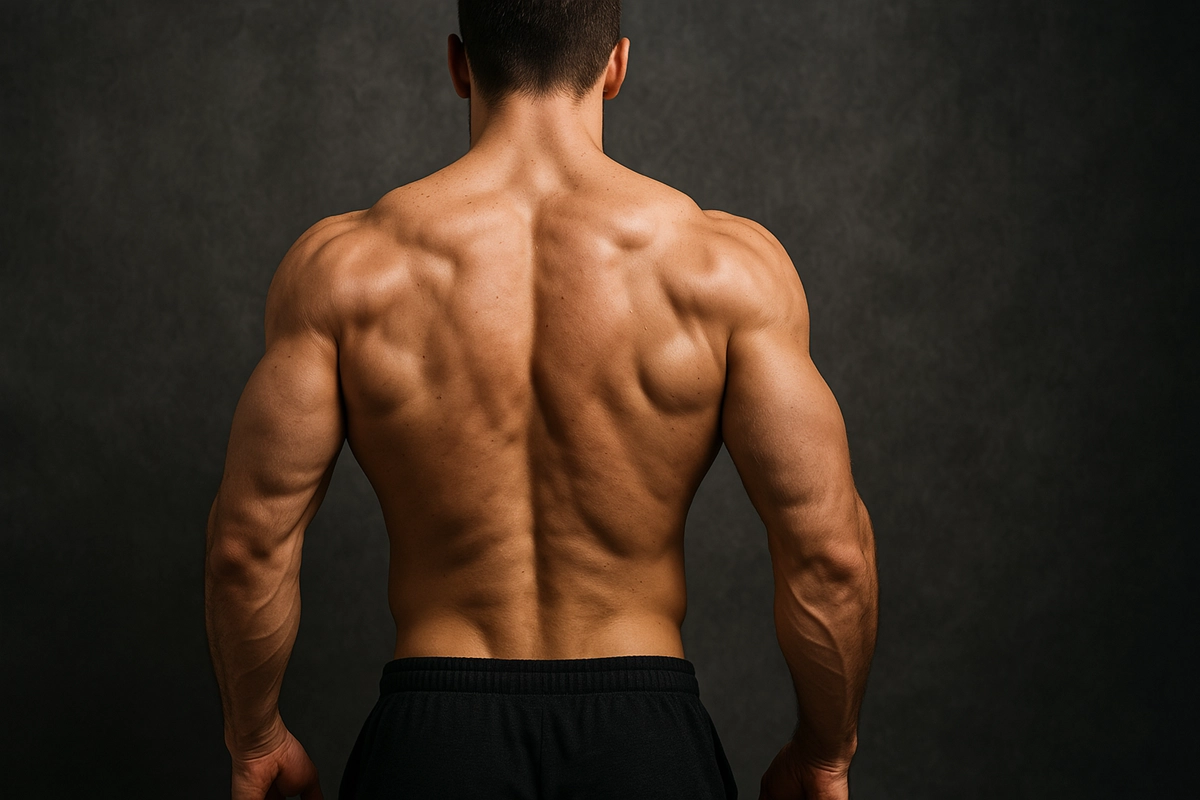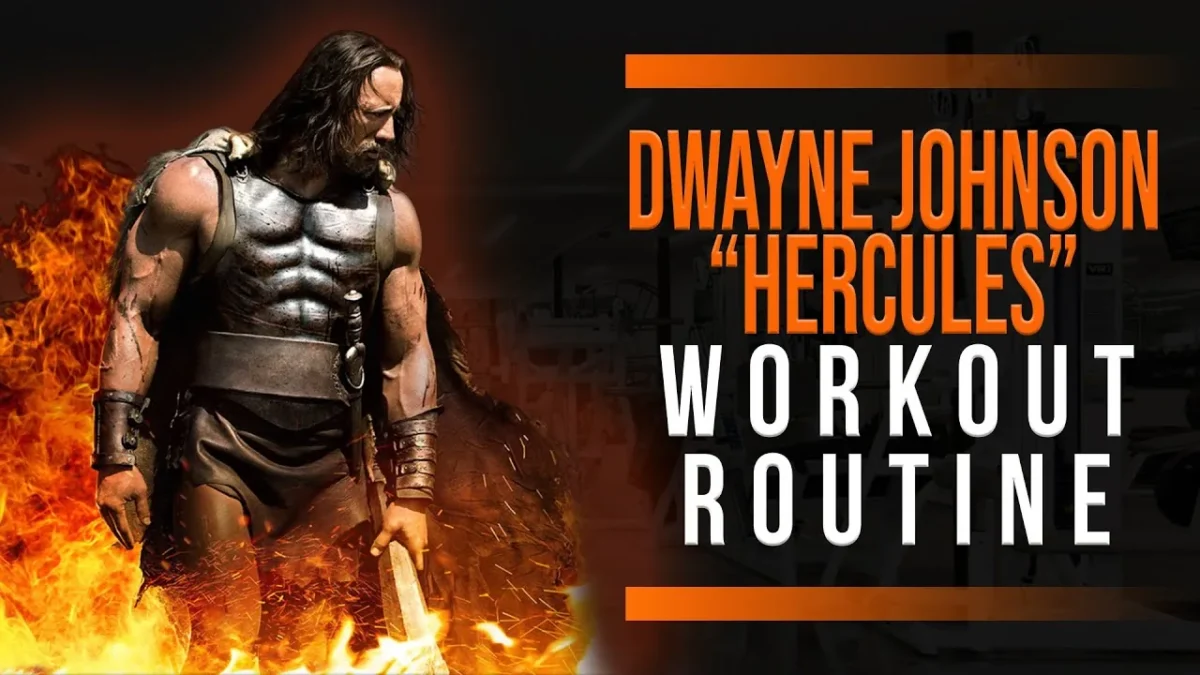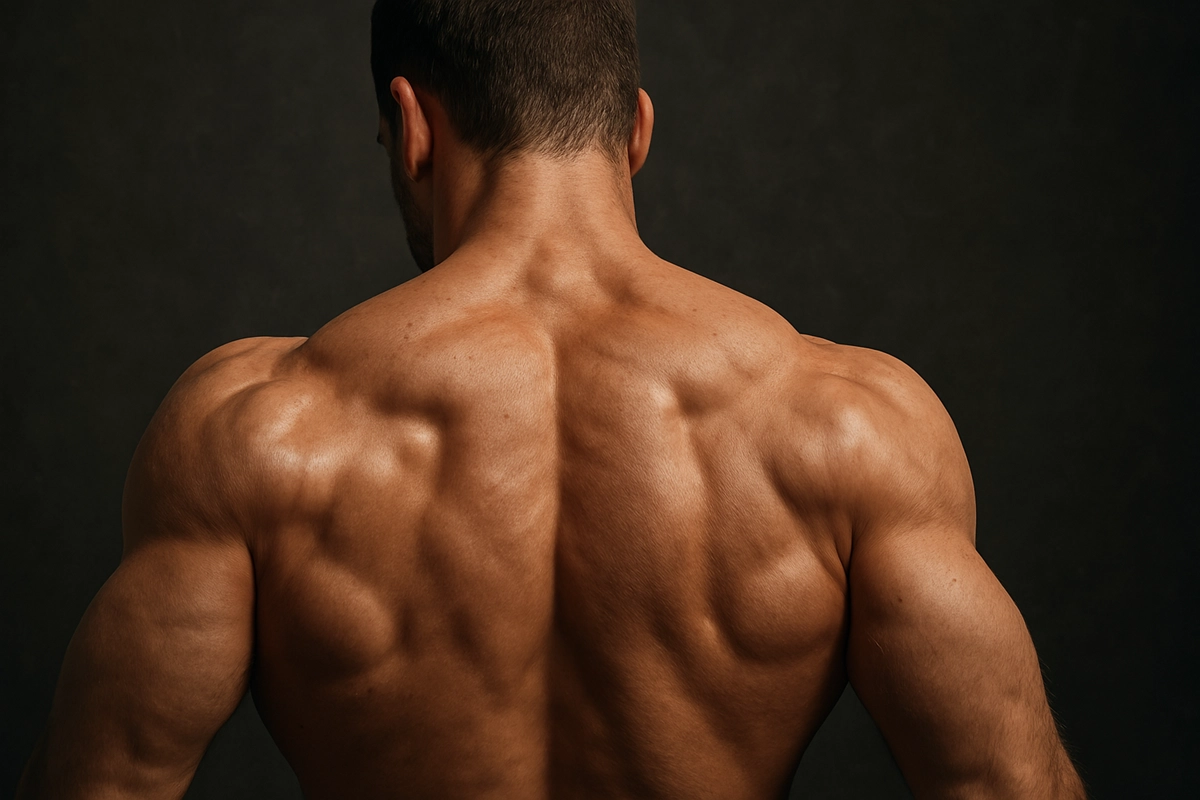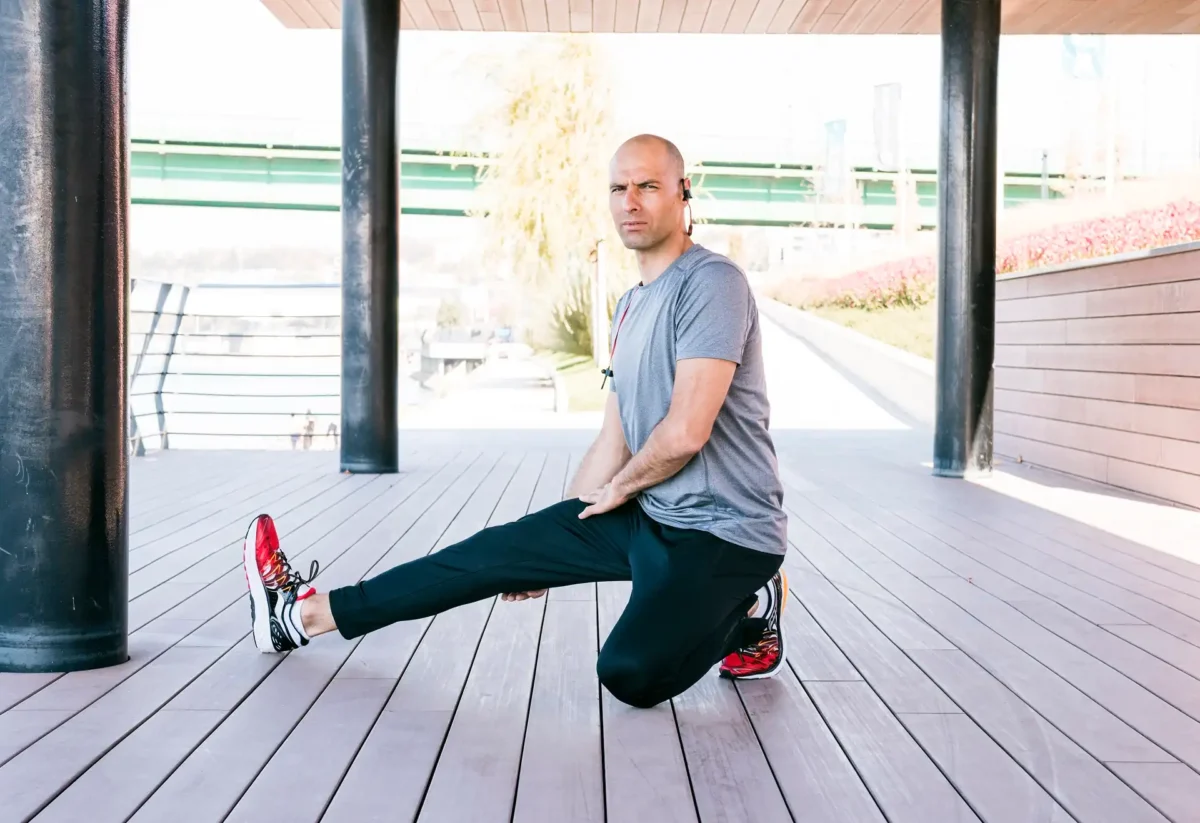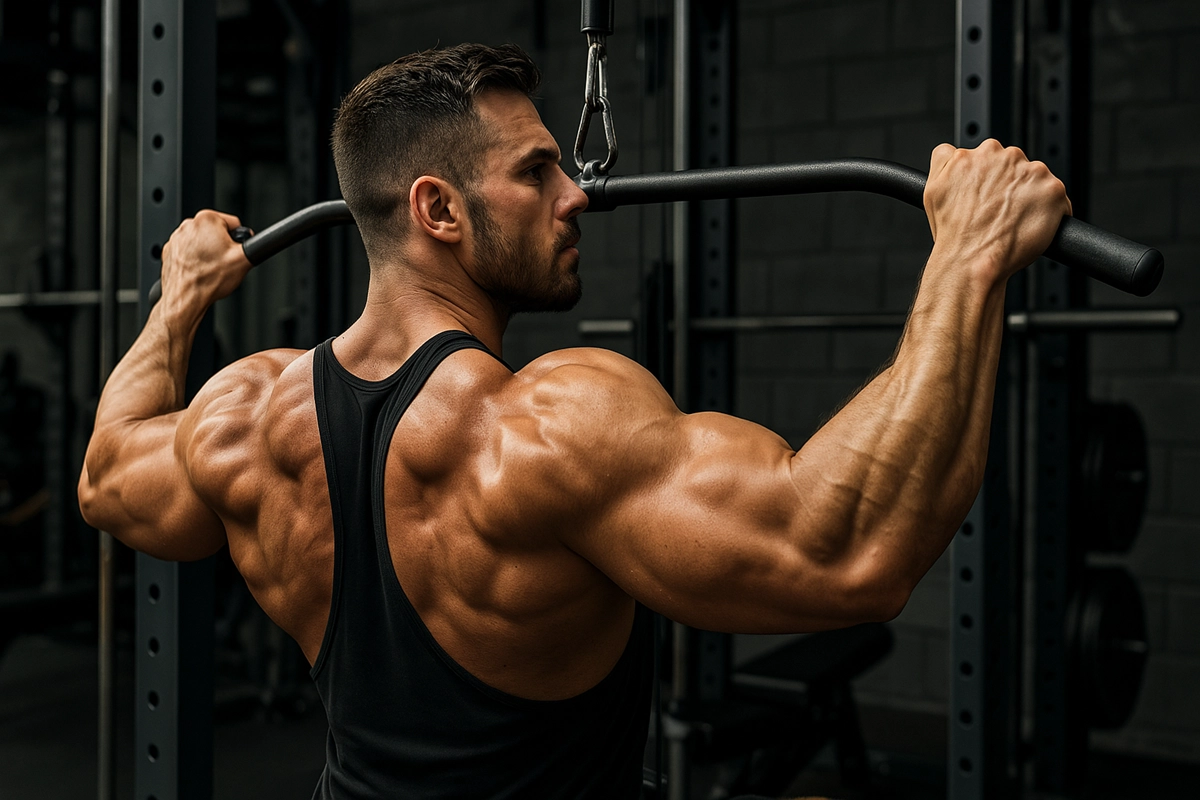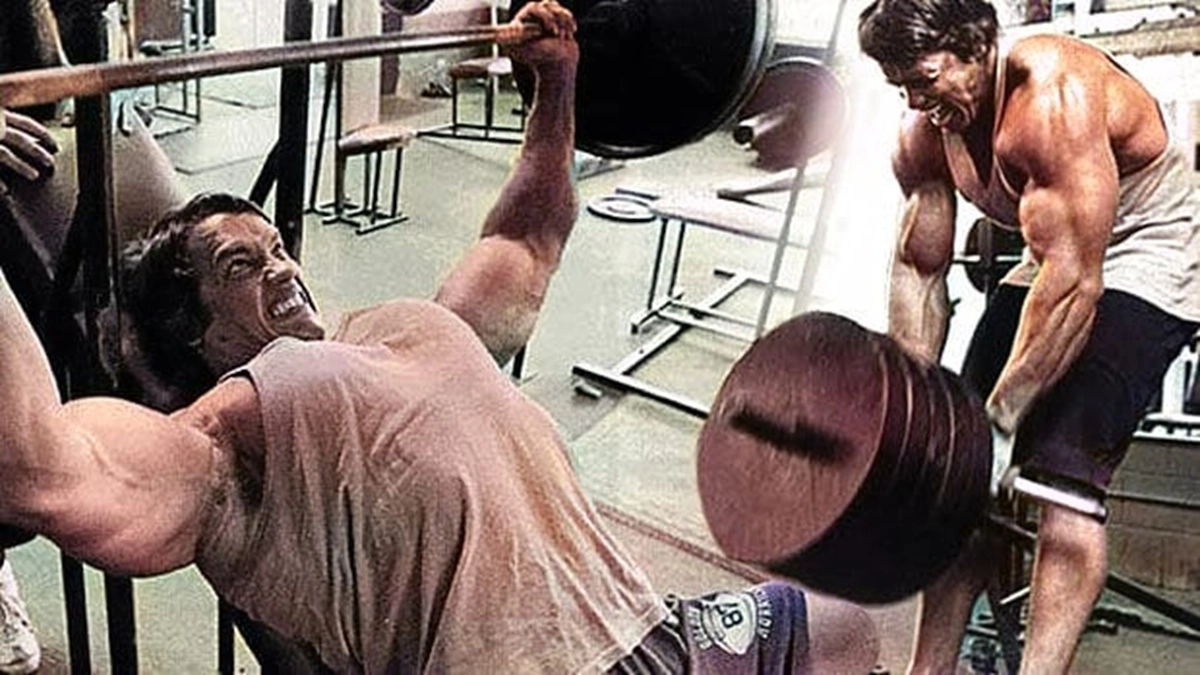You’ve probably heard Arnold say “the pump is better than coming,” but achieving that chest pump requires proper flexibility first.
If you’re struggling with tight pecs from endless bench pressing or hours hunched over a desk, you’re limiting your potential gains and risking injury. Your chest muscles require strategic stretching to achieve peak performance and maintain an optimal range of motion.
Let’s explore the most effective stretches that’ll transform your upper body mobility.
Introduction To Chest Flexibility
Discover the best chest stretches to enhance flexibility and improve posture. These practical exercises reduce muscle tension and increase range of motion.
#Importance of Chest Stretching
Chest muscles are the unsung heroes of your upper body, working tirelessly whether you’re crushing a workout or hunched over a computer.
From your pectoralis major and minor to your serratus anterior and subclavius, these muscles coordinate countless daily movements and deserve proper attention.
Regular chest stretching offers benefits that even Arnold would approve of:
- Increases range of motion for better performance in exercises and daily tasks
- Prevents muscle strain and potential injuries
- Reduces stiffness from prolonged desk work
- Improves posture and shoulder blade stability
- Enhances breathing capacity through the flexibility of the serratus anterior flexibility
You don’t need fancy equipment to maintain chest flexibility – just consistent attention to these vital muscles.
Whether you’re a powerlifter or office warrior, incorporating chest stretches into your routine will keep your upper body functioning at its peak.
#Benefits For Athletes And Non-Athletes
Athletes need chest stretches to maintain their strength. It helps them perform better. They can also avoid injuries with good flexibility.
Non-athletes also benefit. It can make daily activities easier. Stretching can help reduce stress and improve your overall well-being. Everyone should stretch for a healthy chest.
Anatomy Of The Chest
The chest has two main muscles. These are the pectoralis major and the pectoralis minor. The pectoralis major is the larger one. It helps move your arms. The pectoralis minor is smaller. It helps move your shoulders.
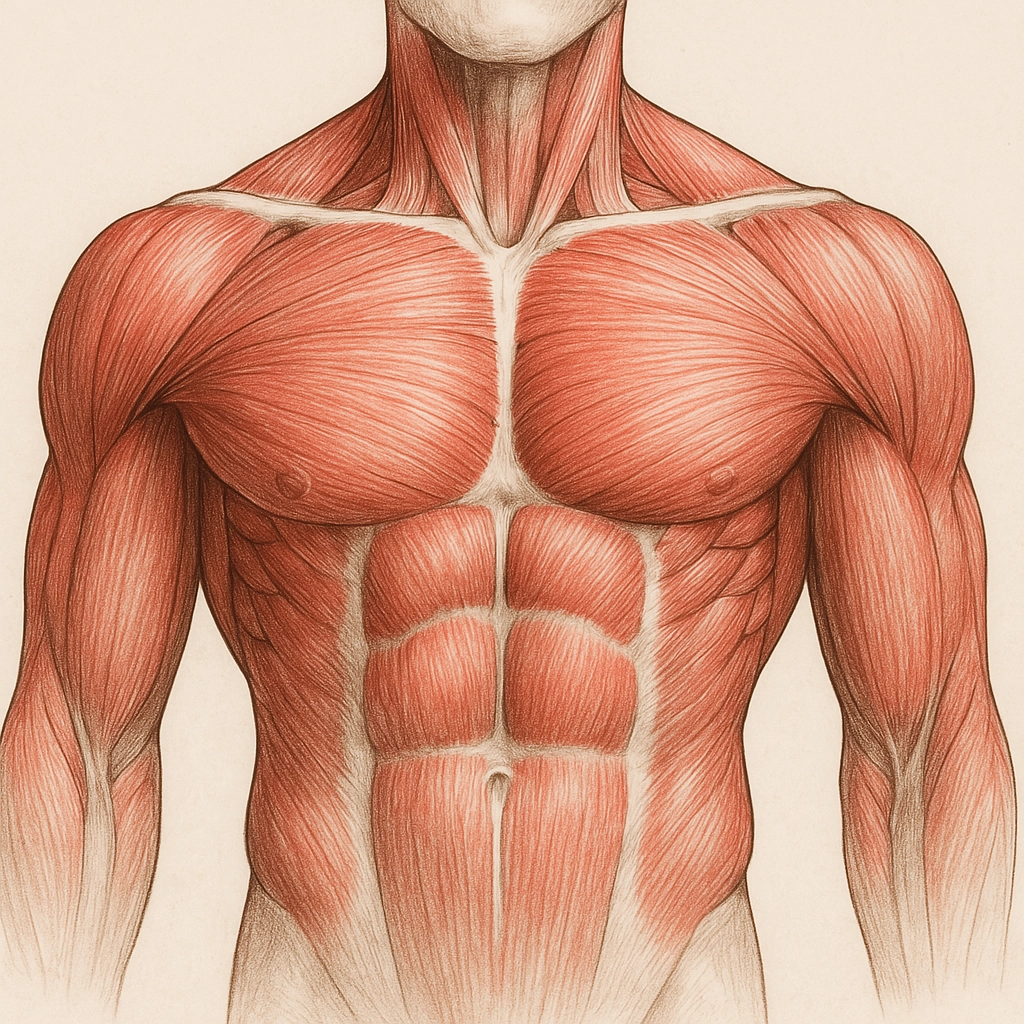
Stretching muscles keeps them flexible. It helps them stay strong. Flexible muscles are less likely to get hurt. Stretching also helps blood flow to the muscles. This keeps them healthy.
Why You May Need to Stretch Your Chest Muscles
Understanding when your chest needs stretching doesn’t require a degree in exercise science – the signs are clear in your daily life.
If you’re consistently doing chest-focused exercises like bench presses, flyes, and push-ups, your pectoral muscles are likely crying out for a good stretch.
Even if you’re not hitting the gym like Arnold in his prime, your daily activities may be contributing to chest tension. You’ll notice this especially if you:
- Spend hours at a computer
- Drive frequently
- Use your phone extensively
- Care for children or others
- Work in service-oriented jobs
These activities often involve shoulder rounding and forward-leaning positions that compress your chest muscles.
Just like the Governator always said about balance in training, you need to counter these daily movements with proper stretching to maintain peak muscle function and posture.
The Benefits of Chest Stretches
While pumping iron is essential for building strength, stretching your chest muscles delivers a powerful combo of benefits that would make even Arnold proud.
You’ll counteract the daily hunching that comes from sitting at a desk, driving, or staring at your phone, while engaging your back muscles to maintain better posture.
Your workout game also gets elevated. Dynamic chest stretches, such as those that involve active movement, performed before training, help boost blood flow and warm up the pecs for action.
Arnold always said preparation was key to success, and he wasn’t wrong. After your workout, static stretches help your muscles return to their natural length, preventing that tight, rounded-shoulder look.
You’ll enjoy greater shoulder mobility, improved range of motion, and smoother movement patterns in all your exercises.
Preparation For Chest Stretching
Find a calm and quiet place. Ensure the area is free of clutter. A clean space helps focus. Wear comfortable clothes for ease of movement. A yoga mat can provide comfort. Proper lighting ensures you can see clearly. Fresh air can enhance your experience. Avoid distractions like phones or loud noises.
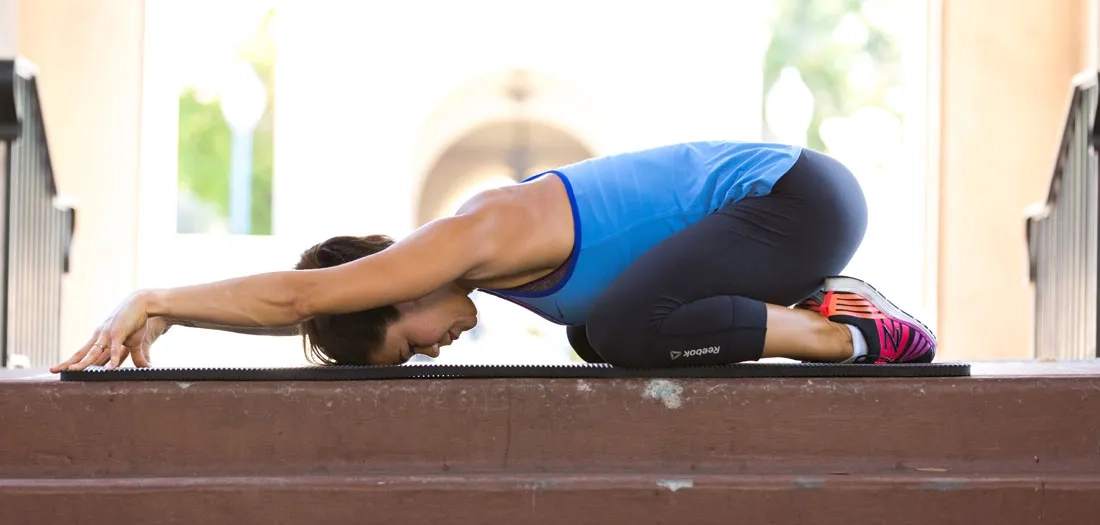
Start with light arm circles. Swing your arms forward and backward. March in place for a minute. Gentle shoulder shrugs can help. Rotate your torso side to side. Easy neck rolls can loosen muscles. A few jumping jacks can warm up the body. Stretch each arm across your body.
5 Best Chest Stretches
You’ll find relief and improved mobility through these five essential chest stretches, recommended by Dr. Chelsea, for tight and constricted chest muscles.
These stretches range from basic shoulder rolls to more advanced positions, such as the Savasana with blocks, providing options for all fitness levels.
When you’re ready to try them, start with the shoulder rolls to warm up before moving into the more challenging stretches that target deeper muscle groups.
1. Shoulder Rolls
Shoulder rolls serve as one of the simplest yet most effective ways to release tension in your chest and upper body. This movement helps improve mobility and posture while warming up the muscles for more intense chest exercises.

Here’s how to perform shoulder rolls correctly:
- Begin by standing or sitting with your core slightly engaged
- Roll your shoulders upward toward your ears
- Continue the motion backward and around in a circular pattern
- Complete the movement by bringing your shoulders down
- Perform 10-20 repetitions in this direction
- Reverse the rolling motion and complete another 10-20 reps
Remember to maintain a controlled pace throughout the exercise. As Arnold always said, “The last three or four reps are what makes the muscle grow,” but with shoulder rolls, focus on quality movement rather than pushing to exhaustion.
2. Standing Forward Fold with Shoulder Opener
The Standing Forward Fold with Shoulder Opener combines two powerful stretches to release tension in both your chest and back simultaneously. This move, which would make Arnold proud with its efficiency, targets multiple muscle groups in one fluid motion.
Start by standing tall with your feet parallel, positioned hip-width apart. You’ll want to interlace your fingers behind your back. If that’s too challenging, don’t worry; grab a yoga strap or towel instead. As Arnold says, “There’s no shame in scaling to your level.”

Next, bend your knees as needed and slowly fold forward from your hips. Focus on bringing your belly toward your thighs while maintaining the shoulder stretch. Your chest will open up as your arms naturally lift away from your back.
Hold this position, breathing deeply, until you feel the stretch deepen.
3. Savasana with Blocks and a Blanket
A restorative chest stretch awaits in this relaxing variation of Savasana, which Arnold might call “the ultimate recharge position.”
Inspired by traditional yoga practices but modified for maximum chest opening, this position uses simple props to create an effortless stretch that’ll have your chest muscles sighing with relief.
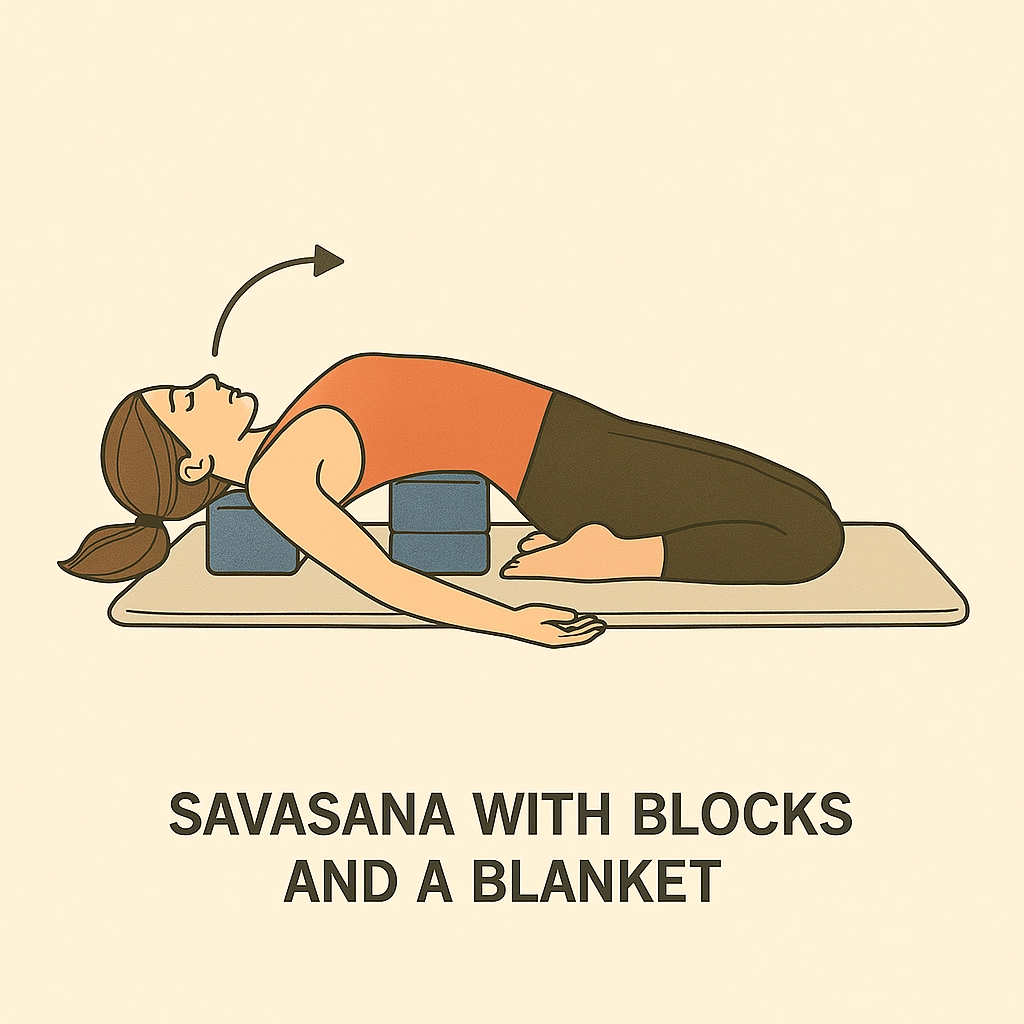
Here’s how to achieve this chest-opening position:
- Set up your station by placing a blanket over a yoga block on the floor.
- Lower yourself down carefully until the covered block rests between your shoulder blades.
- Let your arms extend naturally beside your body.
- Breathe deeply, allowing gravity to enhance the stretch with each exhale.
When you’re ready to finish, roll to your side or gently push yourself up to a seated position.
4. Seated Side Bend
Transitioning from floor-based stretches to seated work presents new opportunities for opening your chest. This seated side bend combines lateral flexibility with chest expansion—a combination Arnold often emphasized for building a champion’s physique.
Begin in a comfortable seated position with your legs crossed. Extend one arm skyward while grounding the opposite hand beside you. Keep your fingertips connected to the floor as you sweep your raised arm up and over toward the opposite side. Maintain forward alignment without twisting your spine.

Focus on drawing your extended arm’s shoulder back and down as you reach. Hold this stretch for 5-6 deep breaths.
To complete the exercise, release the pose, switch your crossed legs, and repeat on your other side.
5. Spinal Flexes
Fifth in our chest-opening sequence, spinal flexes create dynamic mobility through rhythmic breathing and movement.
You’ll find this exercise particularly effective for warming up your spine and chest muscles before intense training.
Start by sitting comfortably with both feet planted on the ground.
Place your hands on your knees, keeping your arms relaxed but engaged.
As you inhale, lift your chest forward and up, creating a gentle arch in your spine, just like Arnold’s famous chest-proud posture.
Then exhale while gradually rounding your spine, drawing your navel toward your back.
Continue this flowing motion, syncing your breath with each movement.
You’ll feel your chest muscles lengthen and contract, improving flexibility and posture.
Perform these spinal flexes for 8-10 repetitions or until you feel properly warmed up.

Advanced Stretching Techniques
PNF stretching involves a combination of contracting and relaxing muscles. This method can significantly increase flexibility. Begin by pushing against a wall with your arms. Hold the stretch for a few seconds. Then, relax and stretch further. Repeat this process several times. This can help improve your chest muscles.
Loaded stretching uses weights to enhance the stretch. Grab a pair of light dumbbells. Lie on a bench with your dumbbells held above your chest. Slowly lower the weights to the sides. This will stretch your chest muscles. Hold the position for a few seconds. Then, bring the weights back up. Repeat this exercise to strengthen and stretch your chest.
Common Mistakes To Avoid
Stretching too far can cause muscle tears. It’s essential to listen to your body. Stop if you feel pain. Always stretch gently and slowly. Hold each stretch for 20-30 seconds. This helps your muscles relax. Never bounce during a stretch.
Bad posture can lead to injuries. Keep your back straight during stretches. Your shoulders should be relaxed. Make sure your feet are flat on the ground. Align your neck with your spine. Proper alignment helps you stretch safely.
To Wrap It All Up
You’ve learned the fundamentals of chest stretching, from basic movements to advanced techniques that’ll transform your flexibility. While Arnold’s famous chest workouts built his legendary physique, it’s the dedication to proper stretching that’ll help you maintain those gains.
Don’t neglect these essential stretches – they’re your key to better posture, enhanced mobility, and superior performance. Remember: flexibility isn’t just about touching your toes; it’s about revealing your chest’s full potential.
FAQs
Why Is It Important to Stretch Your Chest Muscles?
Stretching your chest muscles is important because it increases flexibility, prevents muscle imbalances, and reduces shoulder tension. Tight chest muscles can pull the shoulders forward, leading to poor posture and discomfort. Regular stretching promotes better alignment and upper-body mobility.
What Causes Tight Chest Muscles?
Tight chest muscles are caused by poor posture, prolonged sitting, overtraining, or lack of stretching. Common triggers include hunching over screens and excessive pressing exercises without balancing pulls. These habits shorten the pectoral muscles, leading to stiffness and discomfort.
Can Chest Stretches Improve Posture?
Chest stretches improve posture by opening the front of the shoulders and correcting forward rounding. Releasing tight pectorals allows the upper back muscles to activate properly, restoring alignment. Regular stretching reduces slouching and supports a more upright stance.
How Often Should You Stretch Your Chest?
Stretch your chest 3 to 5 times per week to maintain flexibility and prevent tightness. Hold each stretch for 20 to 30 seconds and repeat 2 to 3 times per session. Frequent stretching improves posture, increases mobility, and reduces injury risk.
What Are the Benefits of Chest Stretches?
Chest stretches provide benefits such as improved posture, increased flexibility, reduced muscle tension, and enhanced upper-body movement. They help correct muscle imbalances and support shoulder stability. Consistent stretching promotes pain relief and better range of motion.
Dynamic vs Static Chest Stretches: What’s the Difference?
The main difference between dynamic and static chest stretches is that dynamic stretches involve controlled movement to warm up muscles, while static stretches are held positions used to improve flexibility post-workout. Use dynamic stretches before exercise and static stretches after to maximize effectiveness.



